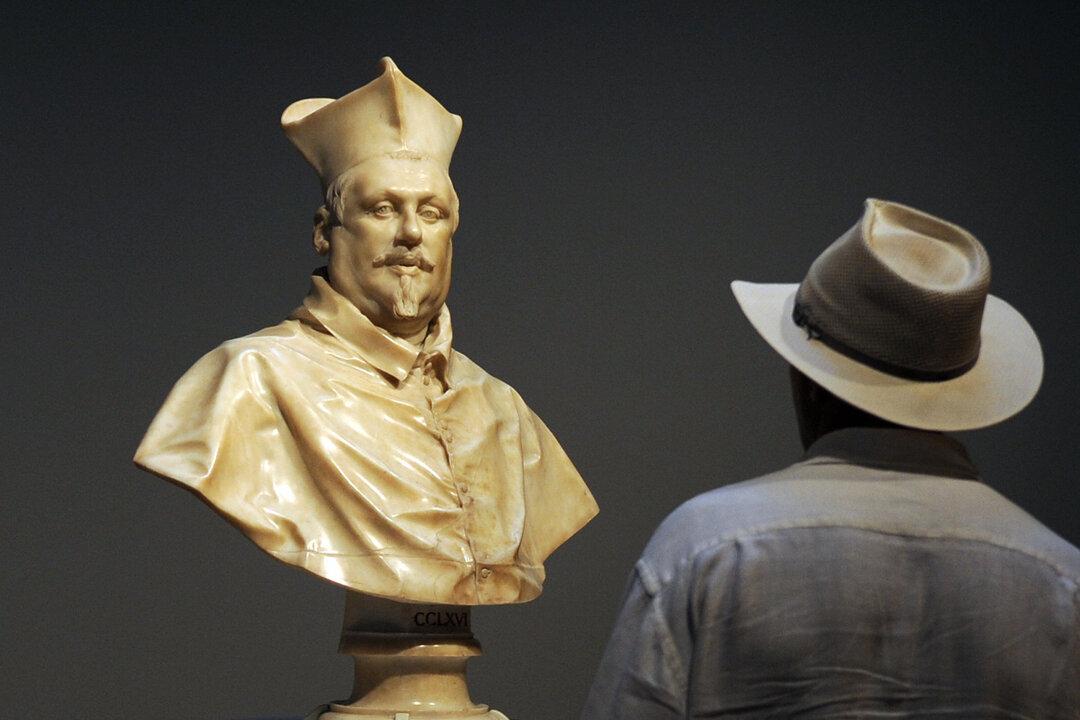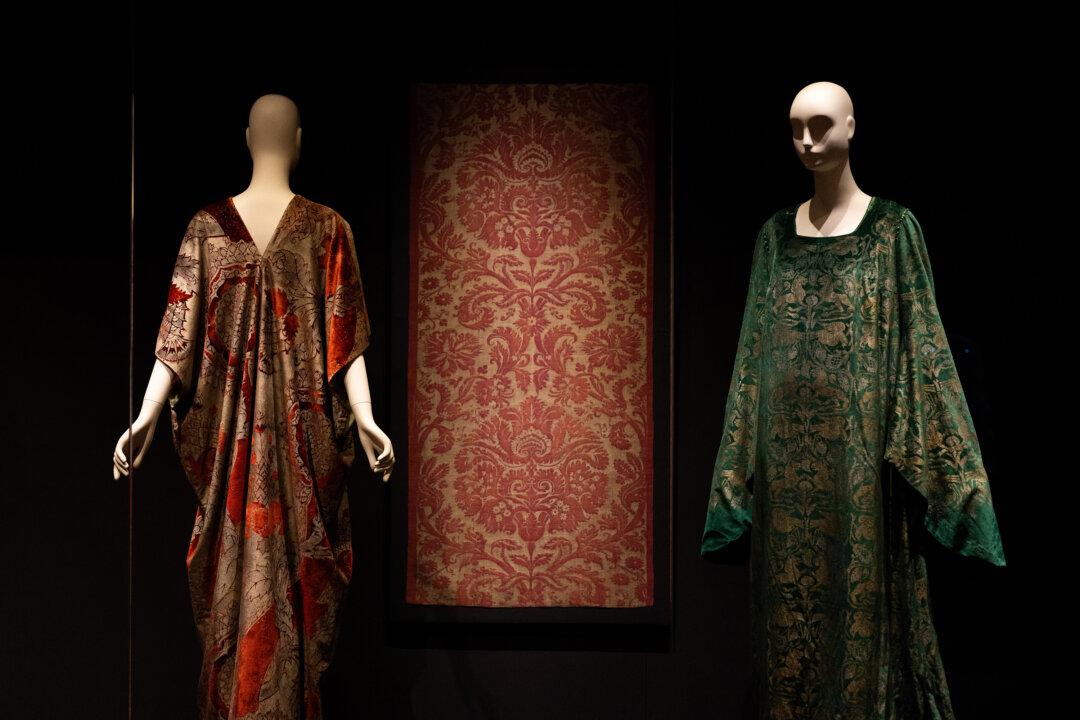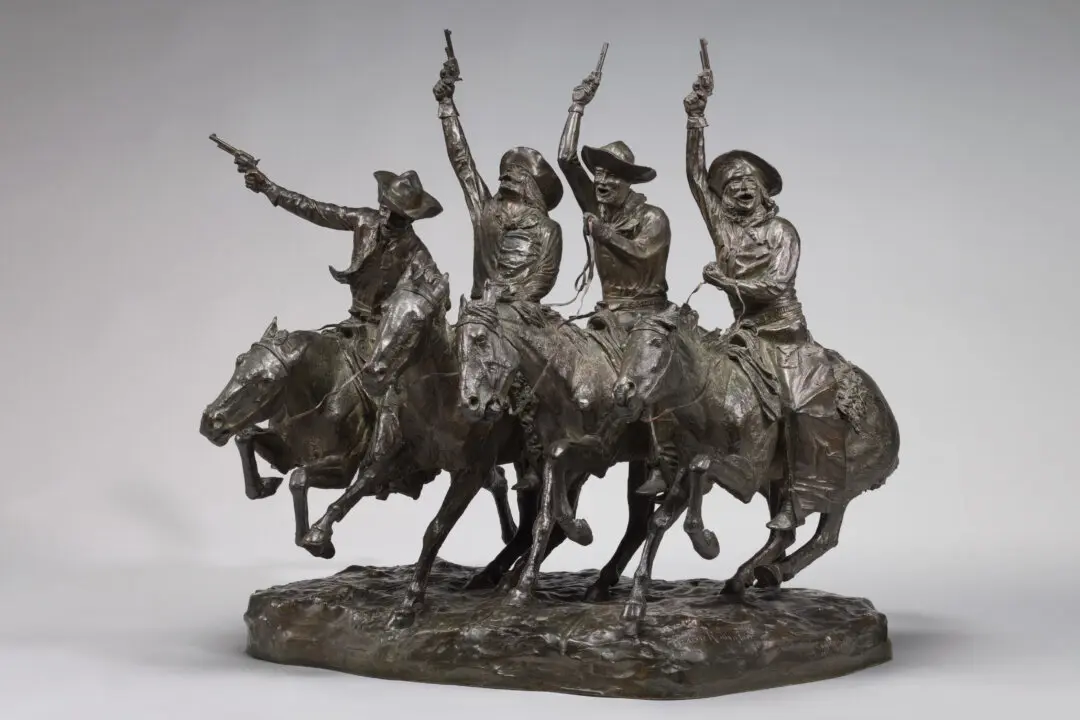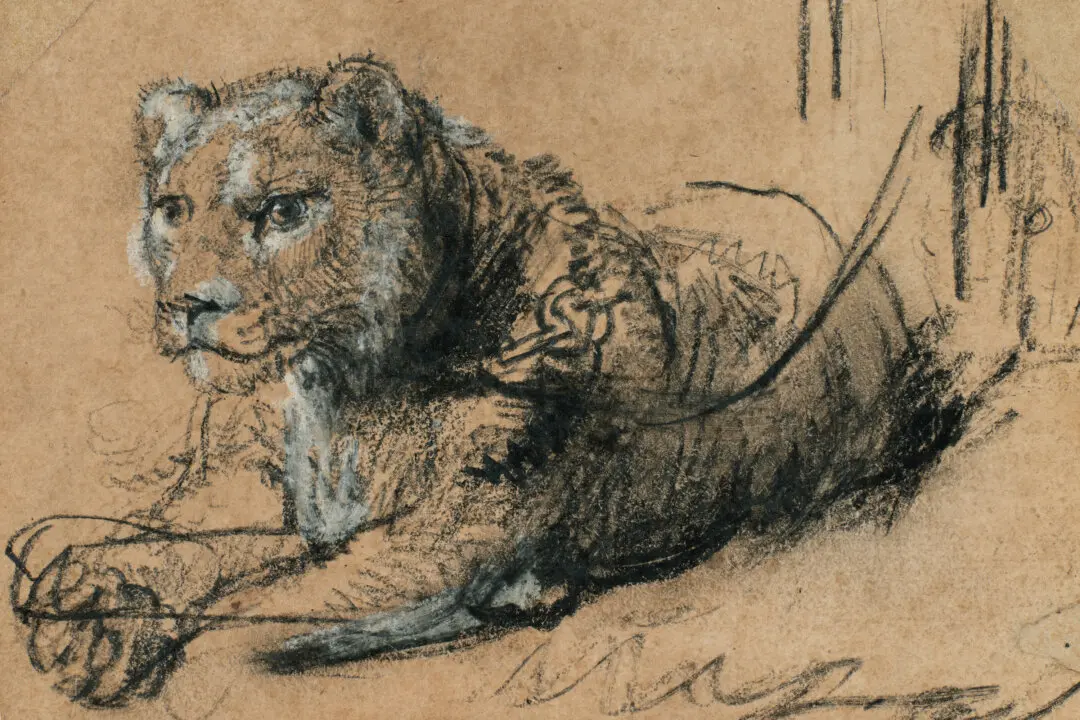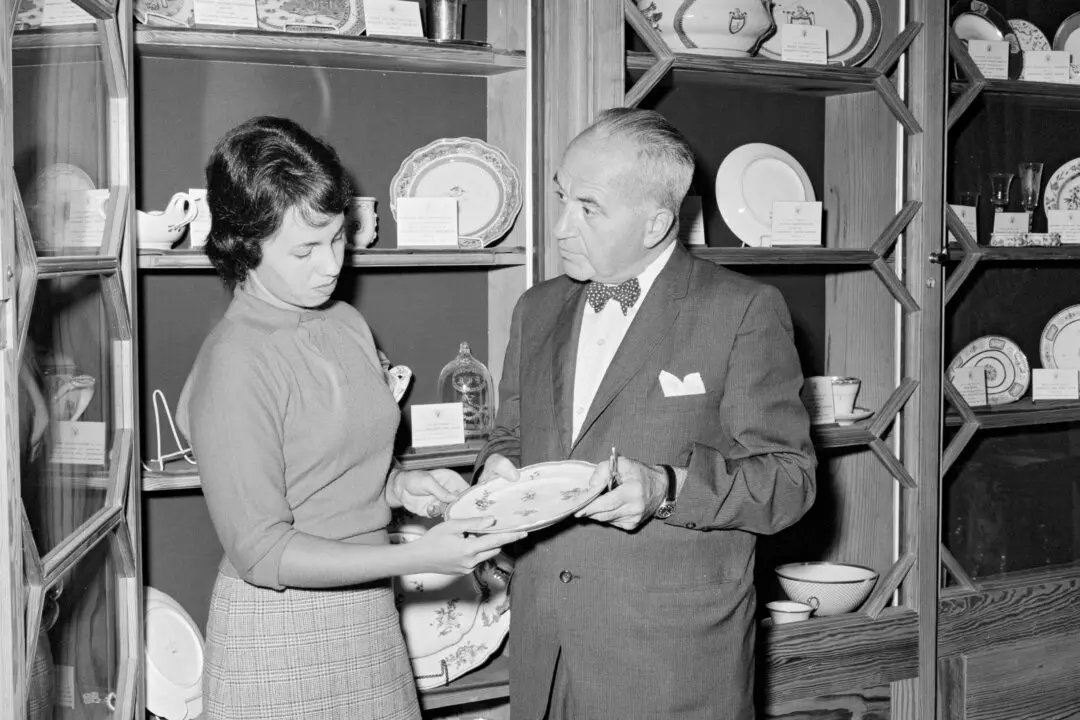The Baroque artist Gian Lorenzo Bernini (1598–1680) left an everlasting mark on the Eternal City of Rome with his art. From fantastical fountains, such as “Four Rivers” in Piazza Navona, to the magnificent architectural Saint Peter’s colonnade, and monumental sculptures that include “Ecstasy of Saint Teresa,” he is considered the most talented sculptor since Michelangelo. The innovative Bernini dominated the art scene of his day and enjoyed the patronage of popes and other powerful personalities.
Bernini also worked on a smaller scale, notably in the field of sculpted busts (head, neck, shoulders, and partial chest and upper arms). He created about 50 such works. Sculpted marble portraits from the period are rarer than painted ones due to the costlier material and the intense labor required.

